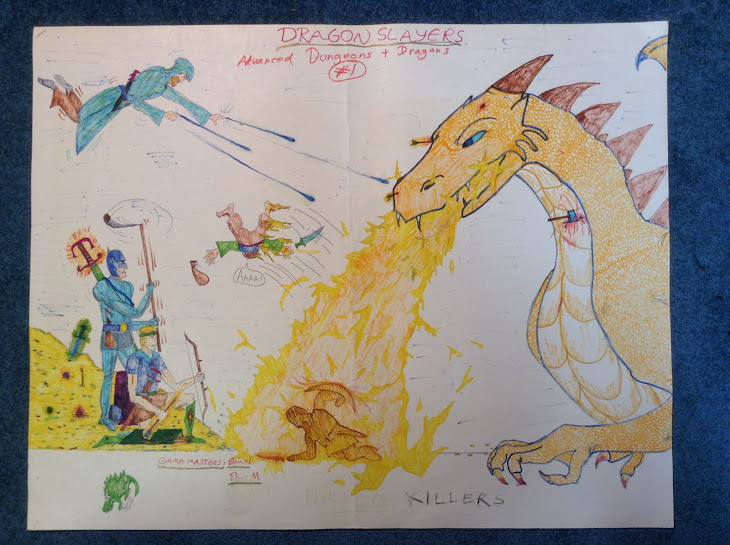Astronomers have found at least seven Earth-sized planets orbiting the same star 40 light-years away ...
The seven exoplanets were all found in tight formation around an ultracool dwarf star called TRAPPIST-1. Estimates of their mass also indicate that they are rocky planets, rather than being gaseous like Jupiter. Three planets are in the habitable zone of the star, known as TRAPPIST-1e, f and g, and may even have oceans on the surface.
(More here.)
For a 'hard' (or 'hard-ish') science fiction setting -- one in which there is no faster-than-light travel -- a single solar system with 3 life-supporting planets (and four other earth-sized ones, capable of being settled) sounds ideal.
The only downside to this discovery is that it makes me worry (once again!) about Fermi's paradox. (Alastair Reynolds's "Revelation Space" novels provide a cool -- but quite disturbing -- explanation for Fermi's paradox. Well worth reading, if you haven't checked them out yet!)



Well, if there are no alien civilizations, then we have an infinite universe to colonize. In millions of years, we can be the source of thousands of squabbling races all by ourselves.
ReplyDeleteIt's all good!
I'm not so much worried about being alone. That would be disappointing, but in itself is not troubling. It's the "why" we are alone (or seem to be alone) that troubles me. Many of the attempts to explain Fermi's paradox are quite terrifying! (Probably the least scary is Edward Snowden's explanation: the alien civilizations are using encrypted messages, so we can't detect them.)
Delete